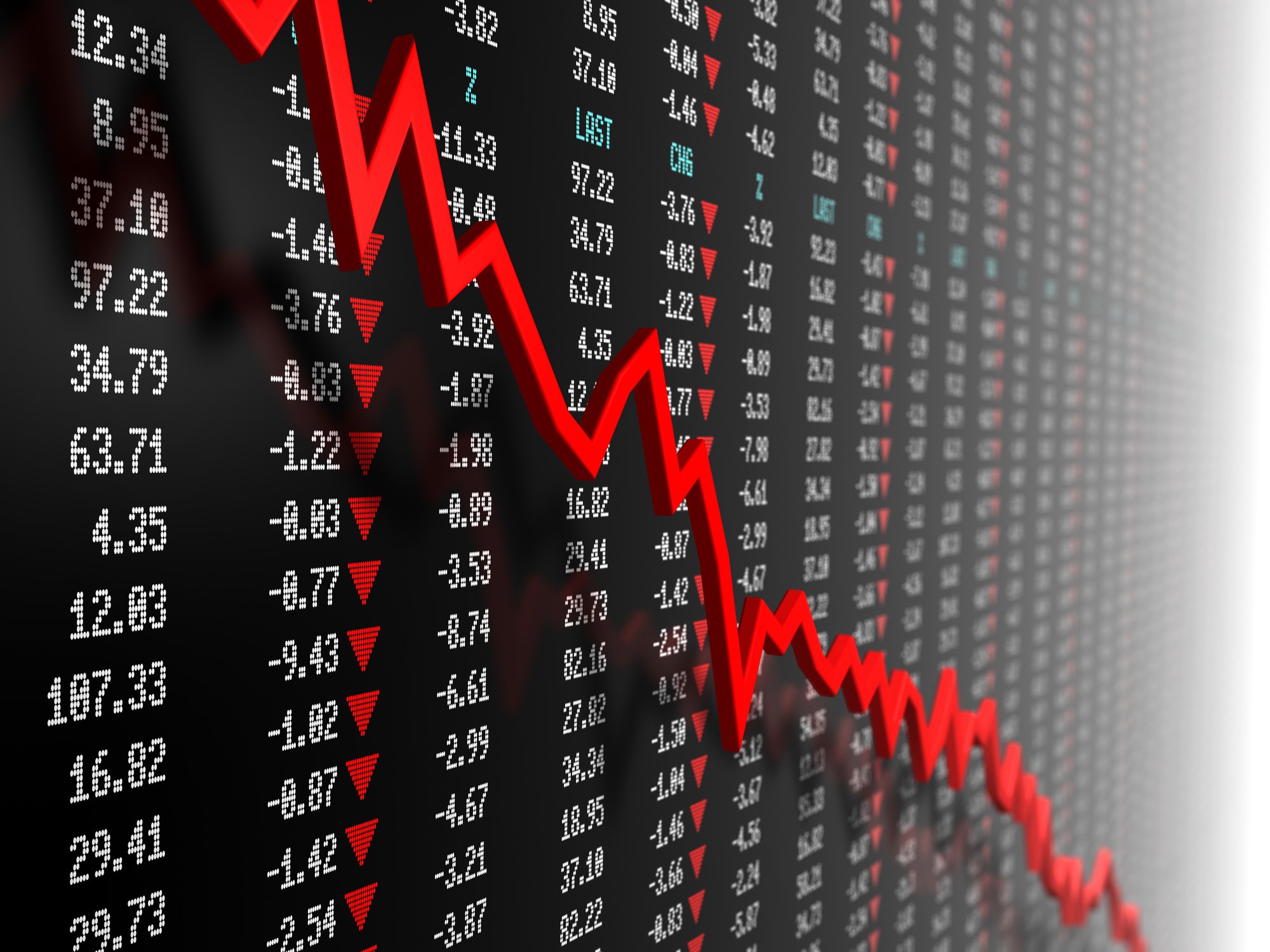Much like Microsoft and Cisco dominated the internet boom of the late 1990s, Bitcoin has long ruled as the king of the cryptocurrency realm. In the shadows, however, sits another noble -- Ethereum (ETH +0.23%) -- with the potential to challenge Bitcoin's crown.
Tom Lee of Fundstrat has been pounding the table on Ethereum, calling for significant upside despite its lagging performance relative to Bitcoin.
Let's examine the fundamental differences between these two crypto titans and explore the catalysts that could position Ethereum for a long-term ascent.

CRYPTO: ETH
Key Data Points
What is the difference between Bitcoin and Ethereum?
At its core, Bitcoin is best thought of as a digital commodity. Sometimes described as digital gold, it serves primarily as a store of value rather than a mainstream medium of exchange. Like other alternative assets, Bitcoin's appeal tends to rise during periods of economic uncertainty, when investors seek hedges against inflation.
A major differentiator between Bitcoin and its crypto peers is its fixed supply of 21 million coins. This limited supply creates a scarcity mindset that fuels the dynamics of supply and demand -- a powerful driver of Bitcoin's long-term price appreciation.
Ethereum, by contrast, functions as a decentralized finance (DeFi) platform enabling developers to build smart contracts and other blockchain-native applications. This is a fundamental distinction from Bitcoin. While Bitcoin's appeal is largely driven by scarcity and its perception as a store of value, Ethereum's potential is tied to broader adoption of its network by industries creating applications and services atop its blockchain.

Image source: Getty Images.
What could drive Ethereum's value in the long run?
One of the most significant catalysts driving interest in Ethereum is the rise of stablecoins -- cryptocurrencies pegged to the value of an another asset, such as the U.S. dollar. According to Lee, an estimated 50% of stablecoin transaction volume runs on the Ethereum blockchain.
This means as mainstream stablecoins like Tether or USDC see greater adoption among consumers and businesses, Ethereum is positioned to benefit not only from the transaction fees that are generated, but also from a heightened sense of legitimacy in the eyes of the investment community. Over time, these dynamics could strengthen Ethereum's perception as a meaningful contributor to the modern financial system and spark renewed investor interest in its long-term prospects.
Stablecoins are just one pillar supporting Ethereum's potential. Ethereum serves as a foundational architecture for DeFi protocols, enabling users to access traditional financial services such as trading or lending without the need for banks or other intermediaries. In addition, the growing trend of tokenization of real-world assets should further enhance DeFi liquidity on Ethereum's network -- extending its appeal beyond traditional crypto enthusiasts.
As these use cases grow, so does the demand for Ethereum to pay gas fees -- the transaction costs needed to operate on its blockchain. In theory, sustained growth of the DeFi ecosystem creates a self-reinforcing cycle: More usage fuels higher demand for Ethereum, which in turn could put upward pressure on its price, much like Bitcoin's scarcity-driven appreciation.
Is Ethereum a good investment?
Whether Ethereum is a good investment depends on your personal risk tolerance and time horizon. In the short to intermediate term, its price is likely to remain volatile as regulatory frameworks around cryptocurrency evolve and the DeFi landscape continues to mature.
For investors intrigued by blockchain technology and its potential role in the future of commerce, Ethereum offers a more diversified option compared to Bitcoin. Rather than wagering on digital gold, you're investing in the growth of a larger economy built on decentralized applications.
For those comfortable with risk and volatility, Ethereum represents an established platform with significant upside potential as digital assets move further into the mainstream. A prudent approach may be to gain exposure through dollar-cost averaging -- gradually purchasing at different prices over time -- positioning your portfolio to benefit from Ethereum's long-term growth while mitigating short-term volatility swings.










